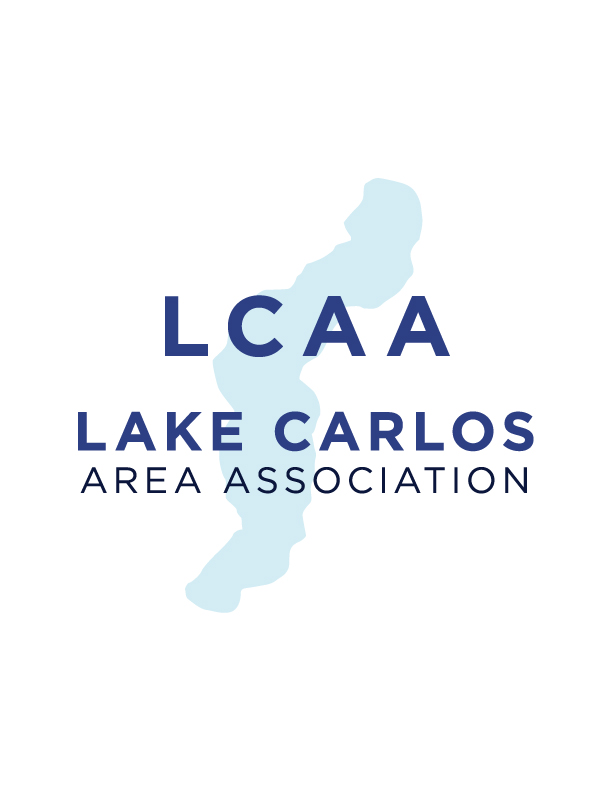 Lake Carlos is located north of Alexandria in Douglas county. The topography and the surface geology are all of glacial origin. The glacial sediments are so thick that the solid bedrock formations are not exposed anywhere in Douglas County. Wells drilled to depths of nearly 400 feet did not encounter the bedrock surface.
Lake Carlos is located north of Alexandria in Douglas county. The topography and the surface geology are all of glacial origin. The glacial sediments are so thick that the solid bedrock formations are not exposed anywhere in Douglas County. Wells drilled to depths of nearly 400 feet did not encounter the bedrock surface.
Lake Carlos and all of the lakes to the south and west that drain into it, are in an area of glacial outwash sands and gravels. These sediments were transported and deposited by waters from the east margin of the last glacier (Keewatin) as it melted westward forward to the red River Valley. The land surface over these deposits is now from 20 to 40 feet above the water level in the lakes, or about 1360 feet above sea level, whereas the morainic hills in the western part of the county rise to elevations of from 1400 to 1500 feet above seal level.
A narrow zone of sand and gravel hills and ridges extends from Miltona Township southwestward across the northwestern part of Carlos Township. These ridges separate Lake Ida, Miltona and Irene from Lake Carlos and the chain of lakes that drains into it from the south.
Lake Carlos discharges into the Long Prairie River which meanders approximately 90 miles to the confluence with the Crow Wing river which flows into the Mississippi several miles downstream. The lake basin receives water from at least ten of the twenty townships of Douglas County. Scores of lakes in these townships drain into Lake Carlos from various directions. One chain has its headwaters in Levona Lake in southern Hudson Township. From there the water flows northward through Childs Land, Jessie, Victoria Lake, Geneva Lake and Lake Le Homme Dieu from which it discharges into the southern part of Lake Carlos.
A still longer series has its headwaters in Rachel Lake in the southwestern part of the county. From there its water flows northeastward through a half dozen large and small lakes to Union Lake northwest of Alexandria where it encounters water from the opposite direction which comes from Lake Irene, Lake Miltona, Lake Ida, Lake Charles and Louise Lake. After passing through several small lake basins, the water from these major chains reaches Darling Lake and discharges into the south end of Lake Carlos.
The lakes referred to in the above paragraph were listed in order to point out the geographic extent of a large glacial lake that once covered the entire area. This great body of water extended from the northwest of Lake Miltona southward to include Latoka Lake and Lake Victoria. A long, narrow peninsula with many hills and ridges of sand and gravel, extended from the village of Miltona southwestward into this ancient lake as far as the west central part of Carlos Township where it now is the divide between Lake Ida and Lake Carlos.
The east margin of the glacier remained in this area for a long period of time—perhaps several centuries. This happens when the average rate of melting and the average rate of movement of the ice are approximately equal. Under those conditions the outer margin fluctuates in a relatively narrow geographic zone. During that time tremendous quantities of boulders and rock debris of all sizes and shapes are released from the ice as it melts.
Such morainic material is deposited very irregularly and results in rugged hilly topography, commonly referred to as terminal or end moraine. Such a moraine extends from Becker County southward across western Douglas County and from there it swings southward into Meeker County. The scores of lakes that drain into Lake Carlos from the area west of Lake Mary are irregular basins in that morainic belt. Geographically it is called the Altramont-Gary Moriane.
All of the surface geology of the Lake Carlos region is of glacial drift and very ancient Precambrian granites, slates, and related formations. Since only a few drill holes have penetrated the drift, very little is known of these older formations.
The water levels in the scores of lakes in the region of Lake Carlos are controlled by numerous dams maintained by the Minnesota Department of Conservation.
Lake Carlos covers 2,520 acres with a maximum depth of 163 feet making it the deepest natural lake in Minnesota. (Excluding Lake Superior)
Sources: George A. Thiel article on Lake Carlos State Park in January-February 1958 issue of The Conservation Volunteer – State Publication and DNR website references.

